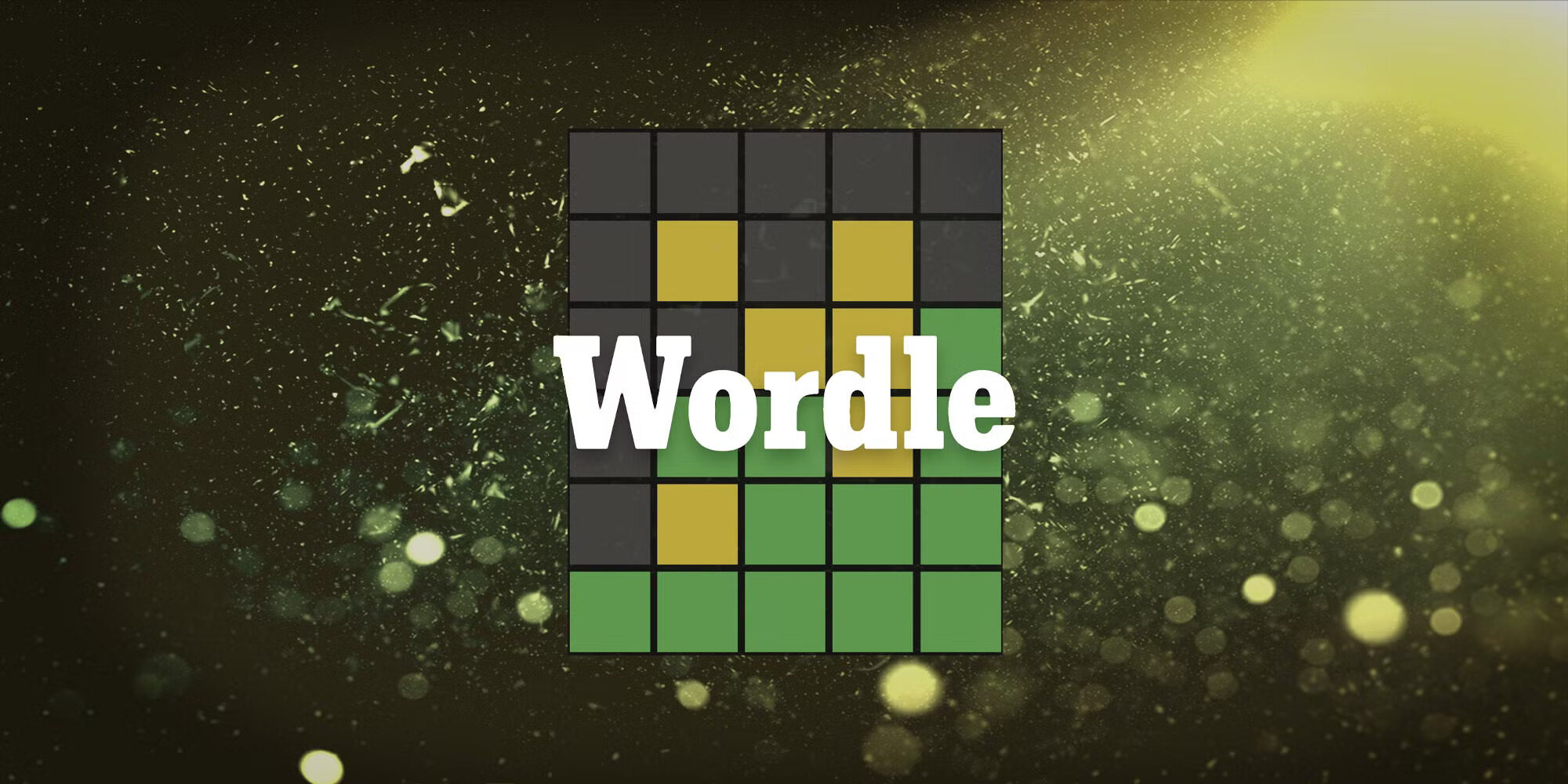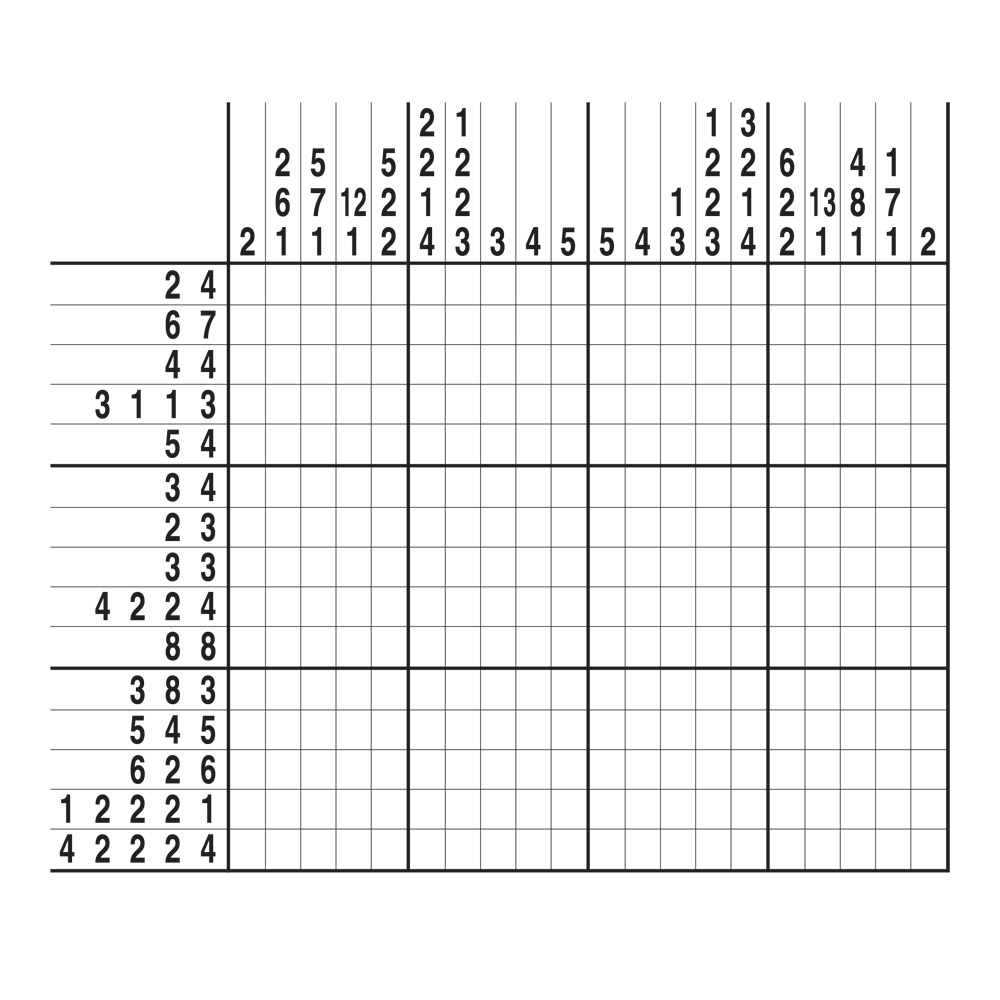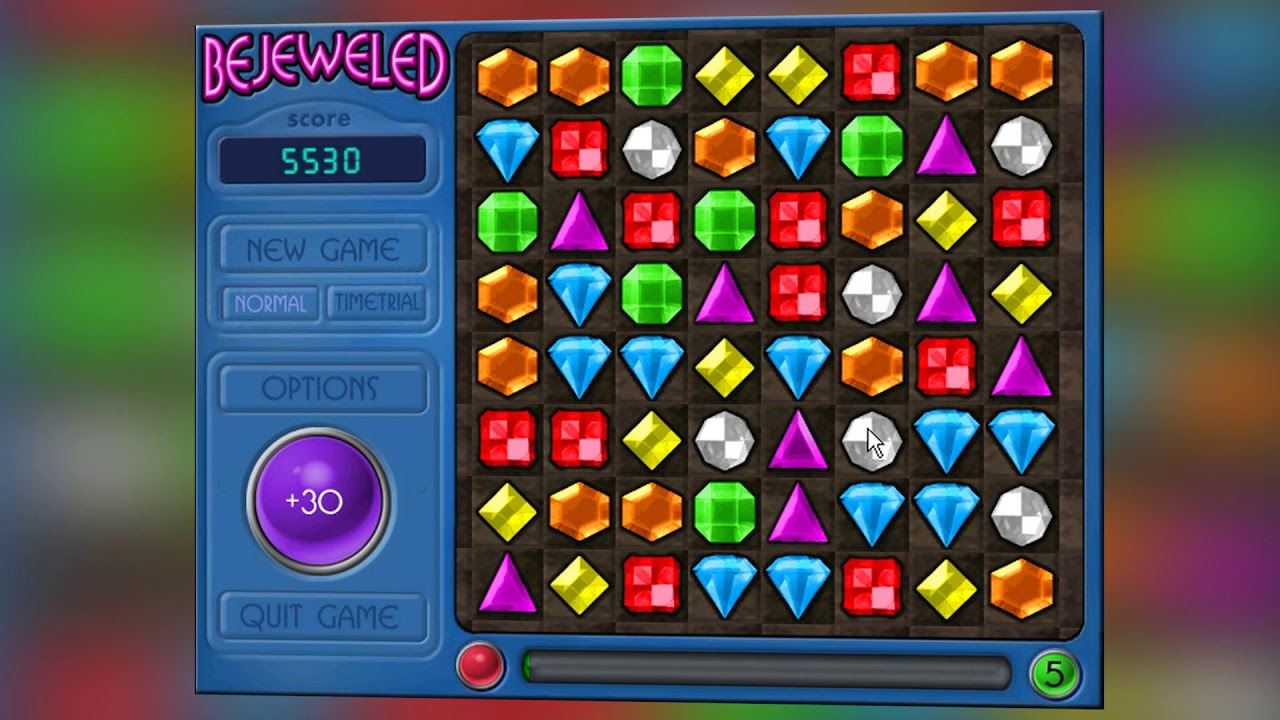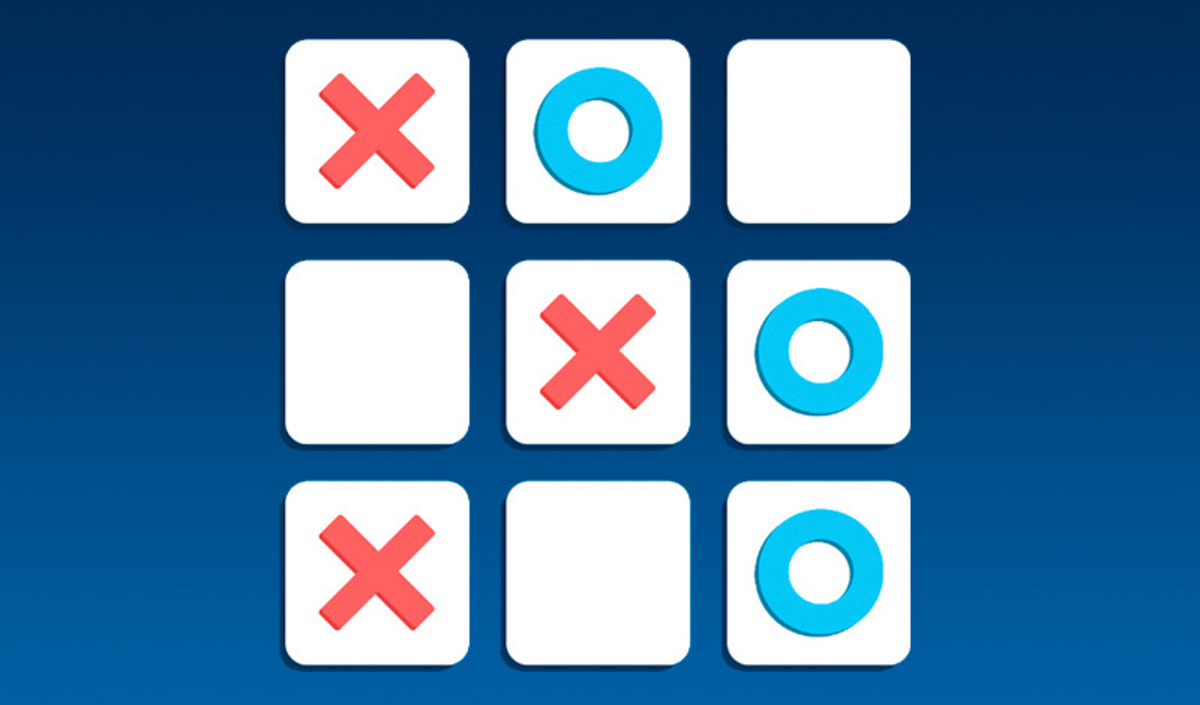Why So Many People Are Hooked on Wordle
Since it first went viral on social media, Wordle has become a daily ritual for many. It’s just a simple five-letter game with six chances, but it holds a balance of challenge and fun that’s easy to enjoy. There’s only one word per day, which keeps it from getting boring.
Players quickly develop strategies—choosing words with lots of vowels, avoiding repeated letters, and, as they play Wordle day after day, narrowing down the options with each guess. For some, it’s a morning mental exercise; for others, a quick break in the middle of a busy day.
The unexpected popularity of Wordle shows how a simple idea can become part of cultural life—especially when it’s accessible and easy to share.
How Wordle Attracts All Age Groups
Wordle has become a favorite not just among millennials or Gen Z, but even older generations. Its simple rules and user-friendly interface are easy to learn. There’s no login, no payment, and no advanced technical skill required.
Even those who don’t usually play online games enjoy it. One example is a grandfather who competes daily with his grandchild on the same puzzle. Communication within families becomes more meaningful with bonding activities like this.
Some teachers even use Wordle as an English activity in schools. It’s a fun way to strengthen students’ vocabulary while keeping them engaged.
The Appeal of “Once a Day”
What makes Wordle unique is its limit—you can only play it once a day. There are no “next levels,” no ad breaks, and no pressure to keep playing endlessly. That’s exactly why people love it.
In a world of instant gratification, it’s refreshing to have a game that encourages patience. The idea of one puzzle per day creates anticipation. You don’t need to dedicate much time, but there’s a sense of reward when you solve it.
Even if you fail today, there’s a new opportunity tomorrow. This simple routine brings a bit of joy that lasts through the next day.
Social Sharing That Doesn’t Annoy
Wordle includes a feature that lets players share their results—without revealing the answer. The green, yellow, and gray boxes simply show how close you were to solving the puzzle. This sparked the flood of Wordle posts on Twitter, Facebook, and chat groups.
This type of sharing isn’t annoying. It doesn’t spoil the game but acts as an invitation for others to try it. For some, it’s a friendly competition; for others, a way to share a small daily win.
The design is minimal but has a big community impact. It helps people feel more connected—even if they’re in different time zones or countries.
The New York Times’ Role in Wordle’s Longevity
When The New York Times acquired Wordle, many worried it would change the game or put it behind a paywall. But it remained free, and the interface was largely untouched. In fact, it became even more stable.
The NYT used Wordle to expand its digital reach. While keeping its original format, they included it alongside their suite of word games. For some, it became part of their daily reading ritual—right next to the crossword and Spelling Bee.
Maintaining the game’s legacy without major changes proves that success doesn’t always require reinventing the wheel.
Wordle as a Tool for Vocabulary Building
As people play Wordle, they’re often forced to think of words they don’t usually use—or even know. This leads many to learn new vocabulary daily. If you didn’t guess the word, it’s only natural to Google it afterward.
For English learners, Wordle is a great learning tool. It’s not just a game—it’s a word exercise with a built-in educational element. Even unintentionally, players are exposed to new words every day.
Often, words learned this way stick better—because they’re tied to emotion, a memory of winning, or the frustration of a near miss.
How Wordle Inspired a Wave of Spin-Off Games
Wordle’s success paved the way for countless variations. There’s one for math (Nerdle), music (Heardle), geography (Worldle), and even different languages. It shows how far a simple yet engaging idea can go.
This trend doesn’t just reflect popularity—it inspires indie developers to create their own word-based challenges. On social media, many use these games as a form of bonding or daily stress relief.
Overall, Wordle didn’t just give us a game—it launched a new category of everyday micro-games.
Wordle as a Stress Reliever
In the middle of a hectic day, sometimes we need something to relax our minds. Despite its challenge, Wordle is calming. It’s quiet, has no sound, and no time limit. This simplicity supports mental well-being.
Some say they play it with their coffee, while waiting for a bus, or right before bed. In those small moments, it offers a mental break that’s not demanding but still provides a sense of accomplishment.
It’s not as intense as other puzzle games, but it has its own charm—bringing joy and focus in a quiet way.
Wordle as Part of Pop Culture
Soon enough, Wordle became part of pop culture. Memes appeared, TV shows made references, and even office banter included Wordle jokes. In chat groups, someone would post their result and wait to see who solved it “in 3 tries.”
Even people who don’t play are often familiar with the signature green-yellow-gray tiles. It became a cultural moment—woven into the daily communication of many.
This simple game became a symbol of community, humor, and shared experience—especially during times of isolation and digital interaction.
Wordle’s Ongoing Place in Daily Life
Despite the flood of new apps and games, Wordle remains part of many people’s daily routines. The consistency of one new word a day adds a rhythm to life. It doesn’t overwhelm your attention span, and it doesn’t get old.
Over time, it becomes part of some people’s mornings, or their end-of-day wind-down. It’s a simple reminder that not everything needs to be complex to be meaningful.
And for thousands around the world, facing a five-letter puzzle each day is something they choose to return to—again and again.



